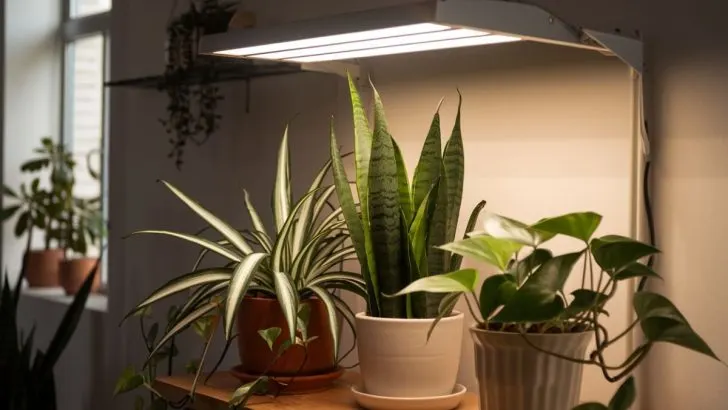In today’s article, we will talk about whether can plants grow with artificial light. All of you who have plants in your apartment, but always lack enough light for them, must ask this question very often.
If you’re up for indoor growing plants but you lack natural light, stay with us because this article is for you!
To give your plants the best and give them enough light to grow, today you will learn a lot about artificial light (light source for indoor plants), led light, and fluorescent light for plants. If you didn’t know the difference between these lights until now, today we will learn them.
We will also explain what this artificial light provides to your plant, what it lacks, what are its advantages, and finally, whether your plant will really grow under this light. If you previously thought that this light was harmful to your plants, today we will dissuade you from that.
If you are ready to learn, let’s start reading about artificial light.
What Are Artificial Lights?
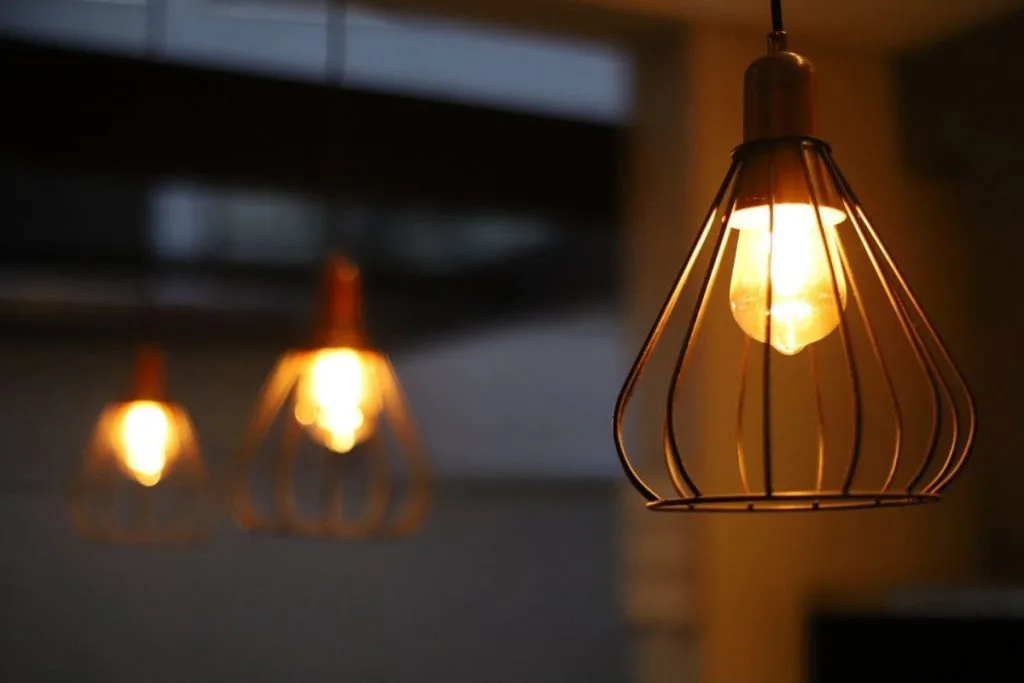
Artificial lighting, just like natural solar radiation, provides plants with the energy necessary for development. In order for photosynthesis to take place under artificial lighting conditions, it is essential to ensure three parameters of light: quality, quantity, and duration.
We divide the lighting for growing plants in ours according to the way we get the light. If we take that into account, then we have the following types: HPS and MH, LED, CFL and T5.
Colors range from blue, green, yellow, and orange to red. LED lighting turned out to be the most interesting and best for house plants. As you already know, we use LED light not only for lighting plants but also for offices, surgeries, and much more.
LED technology is advancing extremely quickly and has recently become the primary choice of plant growers due to its many advantages. LED lighting has its great advantages; does not produce heat, does not contain dangerous substances, and is much more economical compared to HPS and MH.
With LED lighting in one lamp, we can have all the necessary spectrum width, adapted to the needs of the plants, and their durability is about 50,000 hours. Considering that one year has over 8,000 hours, this means that this bulb and light source can last over 6 years.
Can Plants Grow With Artificial Light?
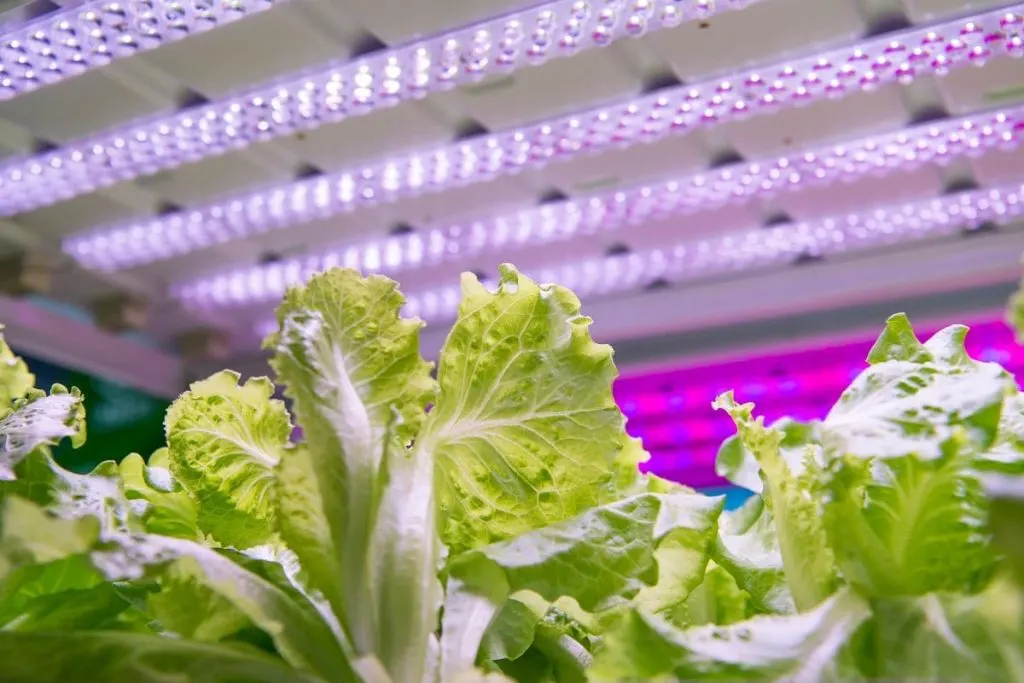
Plants can grow quite normally and well under artificial light. If you have doubts about it until now, you have no reason to worry anymore.
At least 50% of plant owners have a problem with light, but they still keep plants in the apartment and the lack of light does not prevent them.
Why? Today’s technology has developed very good bulbs with artificial lights that will allow your plants to grow very well indoors without real natural light.
What you all need to do before you buy them, of course, is to check their strength, and duration and see which type your plant belongs to low light, medium light, or high light plant.
What Artificial Lights Give To Plants?
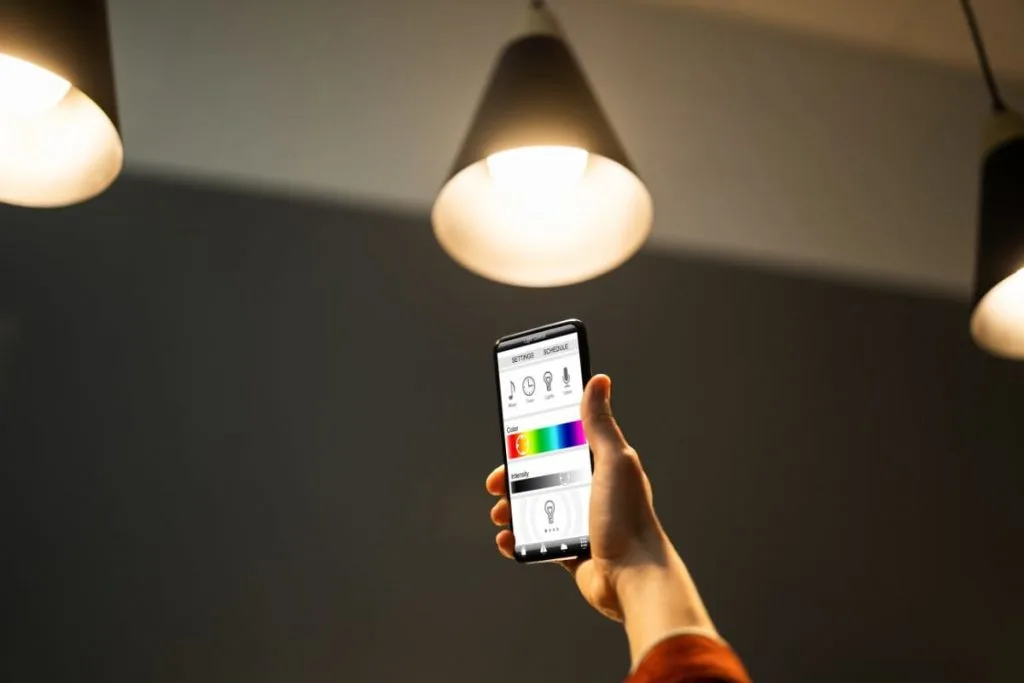
The specificity of LED lighting is that it has high efficiency of photosynthetic active radiation. This percentage is between 80 and 100%.
They do not have a high temperature (operating temperature) and of course, the lamps are not large and you can put them anywhere!
One lighting fixture can have diodes with different types of light wavelengths, and it can also have a different spectrum of colors – red, blue, orange, etc.
LED lamps have a significantly longer service life, as we have already mentioned, and this is certainly their number two advantage.
In addition to the quality of light, the growth and development of the plant are also affected by the amount of light, or its intensity, which affects photosynthesis, or photochemical reactions within the chloroplasts of plant cells.
Controlling the photoperiod, i.e. the duration of light, is the third important factor that will affect the plant’s shape, development, and flowering.
Since solar radiation has a wider spectrum of radiation when growing under artificial lighting, it is necessary to take into account that all these parameters are represented as much as possible
When Do You Use Artificial Lighting?
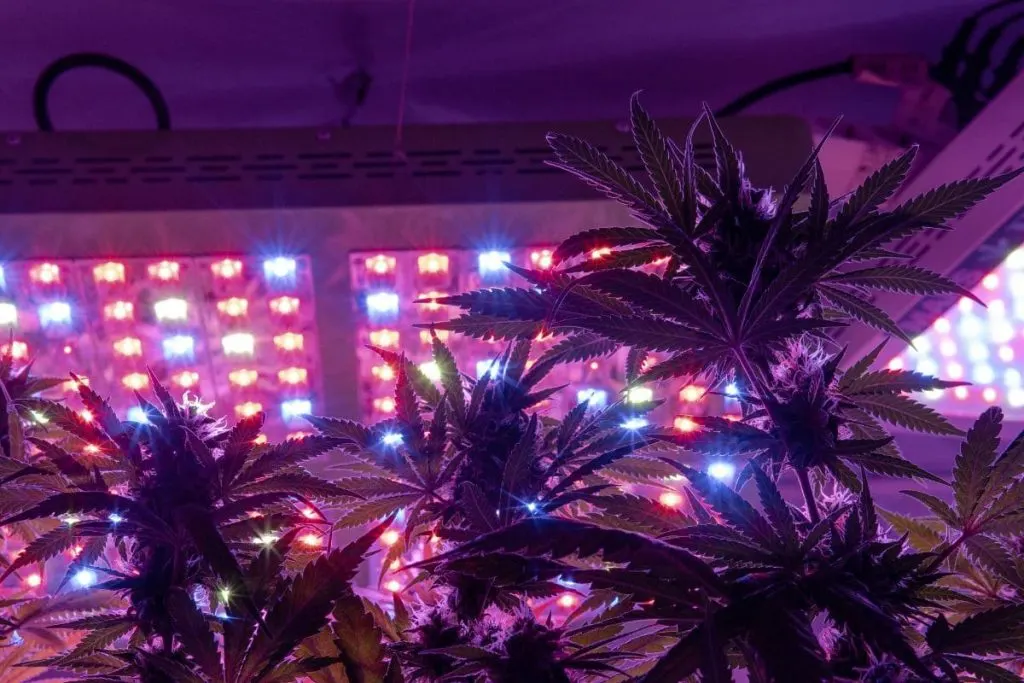
Artificial light is not only used when your apartment or house does not have the necessary light for your plants. Then of course it is “a must” to get lamps for artificial light for your apartment.
If your plant has sunlight for two or three hours, and the light needs of that plant are, say, 7-8 hours of daylight, in that case, you will need to get a lamp with artificial light.
It is very important that your plant has enough light, that is, as much as it needs for growth, photosynthesis, and the greenness and shine of the leaves.
Can The Light Spectrum Of Fluorescent Lights Replace Natural Light?
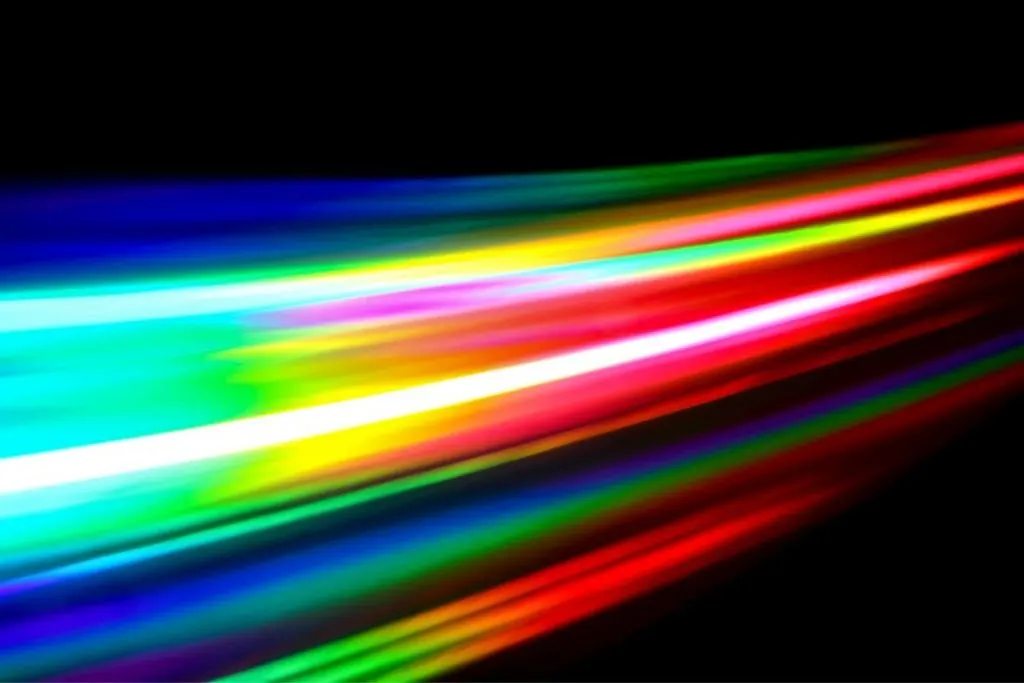
Fluorescent lights can replace natural light intensity once you use them correctly. When using only artificial light, it is important how much light you use for your plants.
More lights/grow lights mean a few plants you have indoors will grow better and faster. More light, more growth, as simple as that.
These light-emitting diodes are not so different from the sun rays since they are produced literally for this!
Their job is to provide your plant with UV light, the same kind they would get from the sun. Incandescent bulbs/Incandescent light bulbs are more than perfect when you grow plants indoors.
When using incandescent lights, it doesn’t matter if it’s blue and red light, or orange light, they have the same energy-efficient effect on your plants.
Bright light from fluorescent bulbs is more than enough light for your indoor plant. Light fixtures on the leaves will thrive well, just as they would thrive under real sunlight.
Led grow lights are very popular now for indoor plant growth, and their visible spectrum of colors is very nice and decorative.
They also produce very little heat so they won’t bother you in the summertime. Hid lights have more light intensity than led lights, so they might heat a bit more, but you can use them in the winter months then.
Is Light Intensity Of Led Lights Too Much Light For Plants?
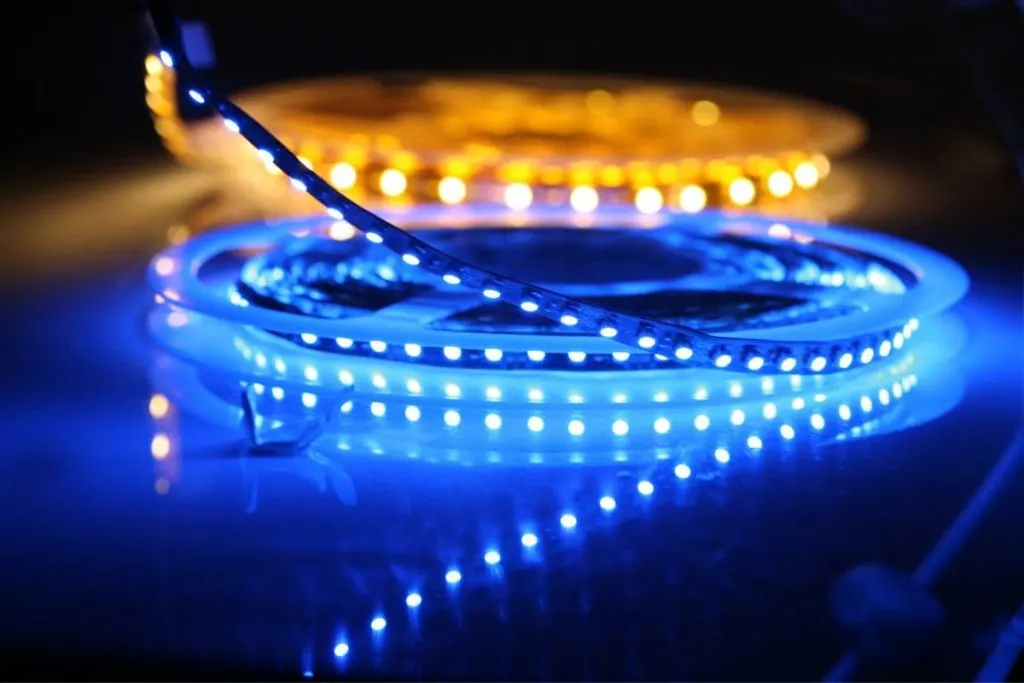
The answer to this question is yes and no! It’s not quite that simple. The LED light will be too strong for your plants and will cause photo-bleaching and burn leaves if you expose low-light plants to strong LED lights.
That is why it is always important to check the light intensity of your light bulb or led lamp before using it. A high LED spectrum on a plant that needs little or medium light can destroy the leaves very quickly.
Of course, as you have concluded, ice lights are not too strong for plants if you use them as requested. Weak bulbs for low-light plants, hard-light led bulbs for high-light plants, etc.
Low Light Plants
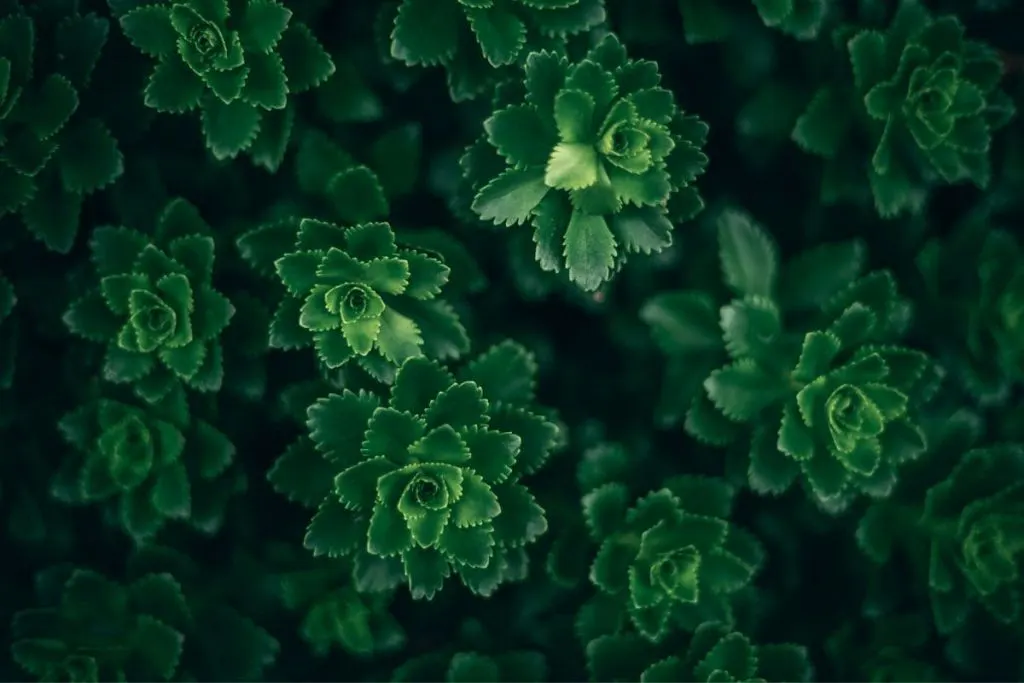
Plants that have low light needs and that you will need to expose to weaker LED bulbs are the following:
- Silver satin
- Cast Iron Plant
- Some types of Aglaonema
- Some types of jade plants
Medium Light Plants
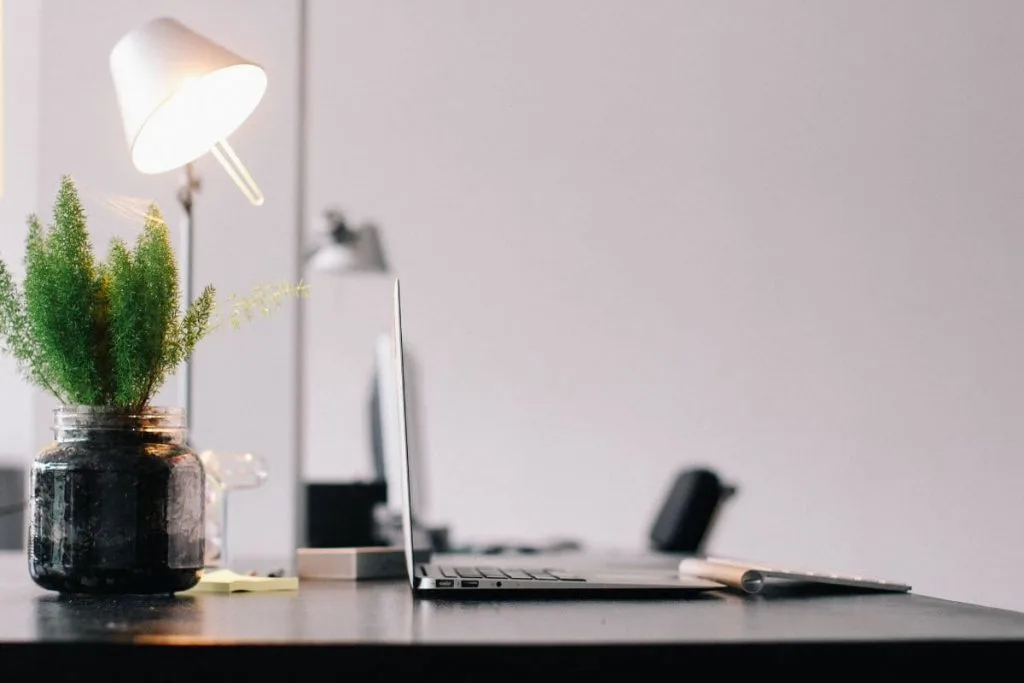
Medium-light plants that require medium-light intensity are these plants below:
- Some types of Calathea
- Maranta
- Aspidistra
- Dracaena
High Light Plants
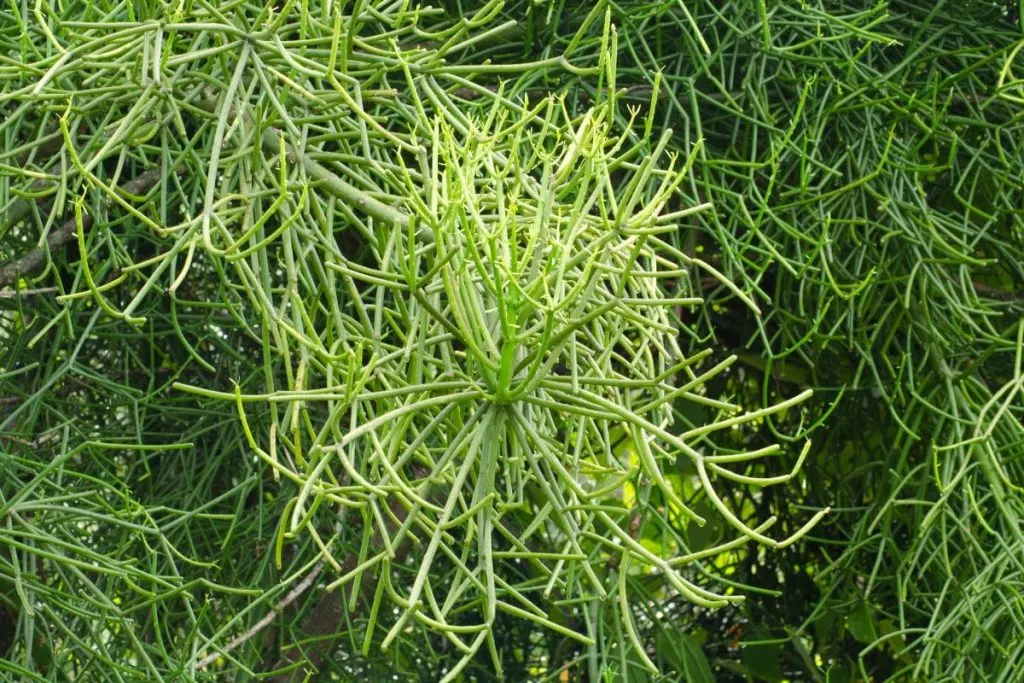
Plants that will thrive well under the hard spectrum of fluorescent lights are these plants below:
- African milk bush
- Croton
- Sago palm
- Ponytail palm
Are Full Spectrum Bulbs Good For Plants?
If your plant needs high light ie lots of light, then one such led lamp will not harm it. However, if your plant needs a little light, then your plant will surely experience problems. You will soon see them: burnt leaves, spots on the leaves, etc.
Is Plant Growth Slower Under The Light Bulb Of The Blue Light?
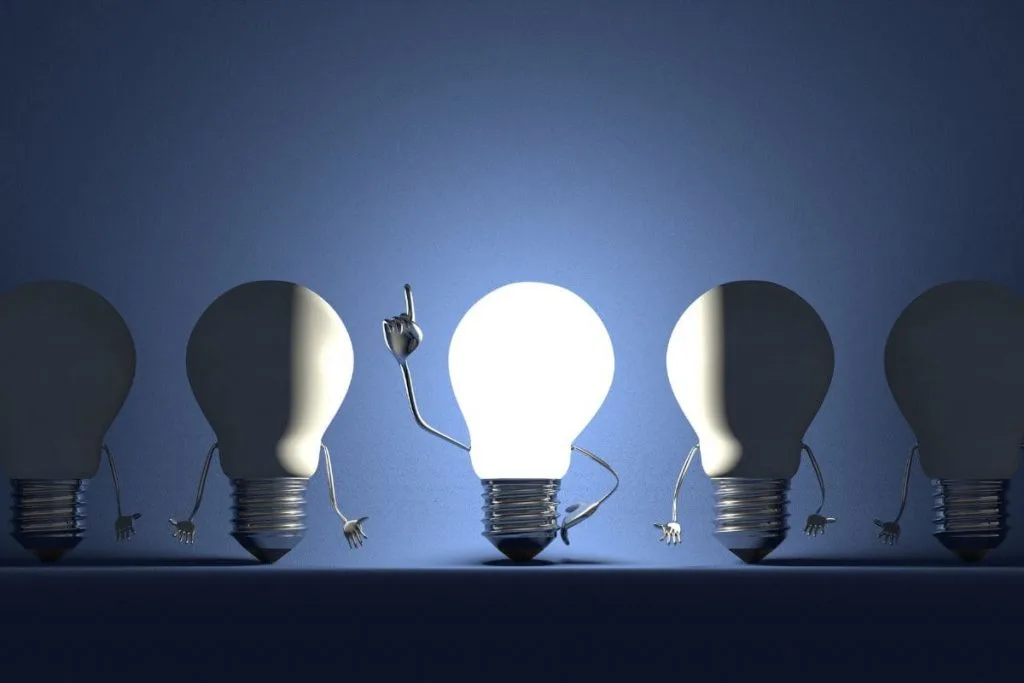
Sunlight is more intense than led/artificial light. It can never fully be as good as the sunlight. Sunlight temperature isn’t constant, it’s sometimes brighter, something stronger, and that’s good for your plant sometimes.
Artificial light has its own simple settings that are always more or less saturated if we don’t count the color change.
However, light is light. If you provide your plant with the most responsive soil, enough water, and good fertilizer, you don’t have to be afraid of a light source that doesn’t come from the sun.
Can You Use Any Led Lights For Plants Indoors?
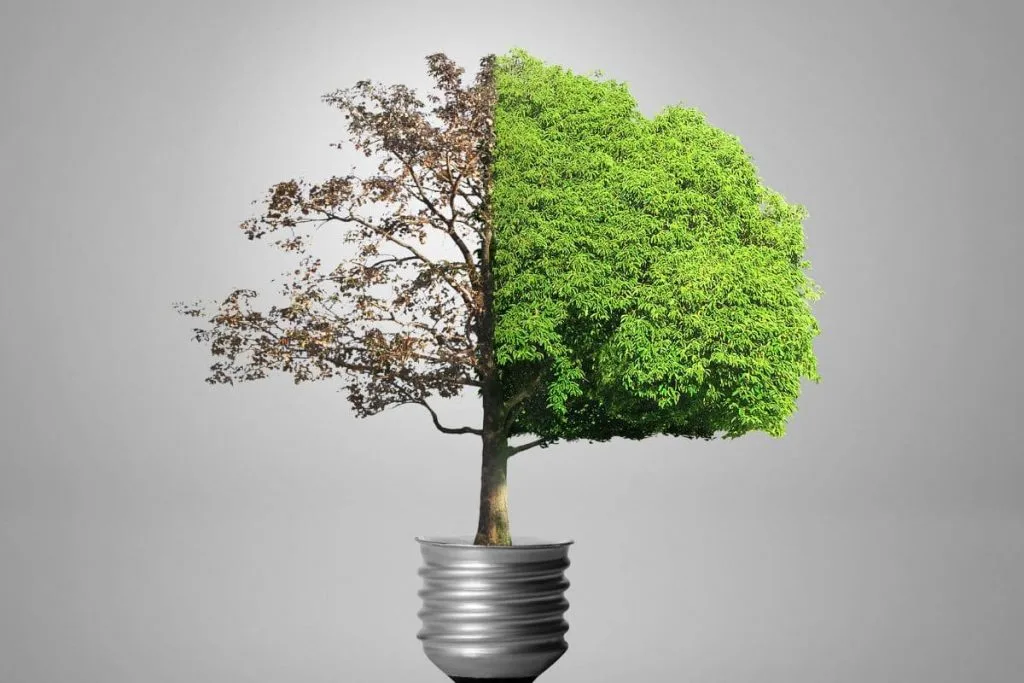
You can also try ordinary, regular led lamps and room lights, but they definitely won’t give the same effect as special plant lamps and artificial plant lights would.
Special led lamps for plants have more UV rays than plants need and are more specialized for lighting plants.
As we already know, ordinary led lamps produce white light, and plants can grow a little under them, but what plants really need to grow are red and blue artificial lights.
Red Light As A Grow Light
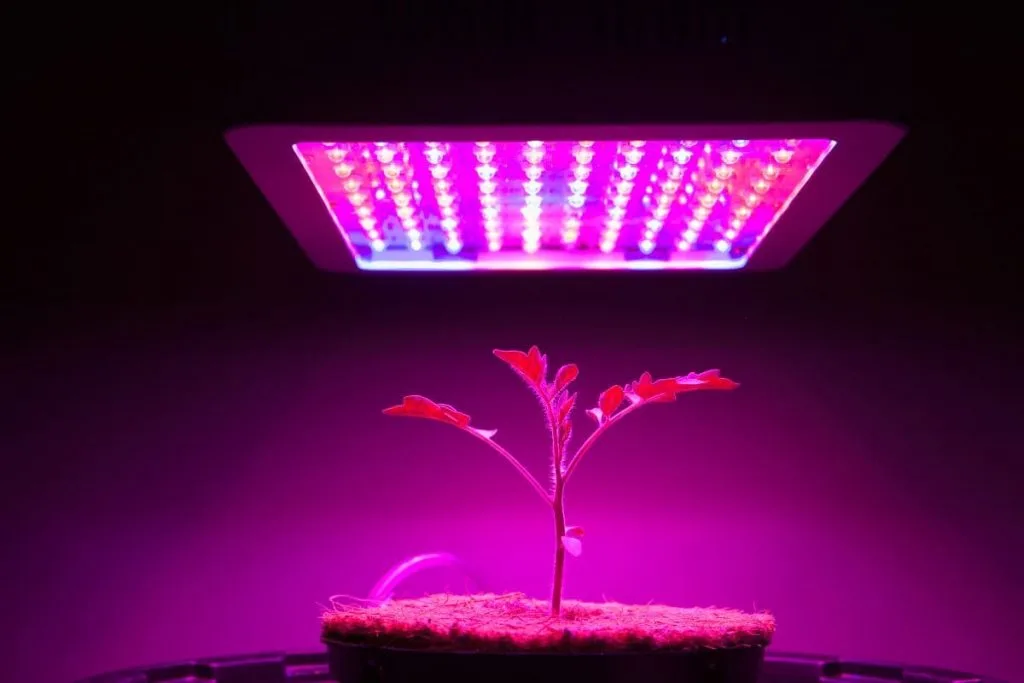
Red light, in addition to providing a pleasant atmosphere in your apartment at night and day and looking beautiful, is also highly effective at regulating growth and development. Your plant needs red light to fully grow to its maximum size.
Not even an orange or some yellowish shade will achieve this as red light will. Its waveband is about 400 to 700 nm and that is exactly what your plant needs. Even with very little light, red, it will grow better than with lots of white LED light.
Blue Light As A Grow Light
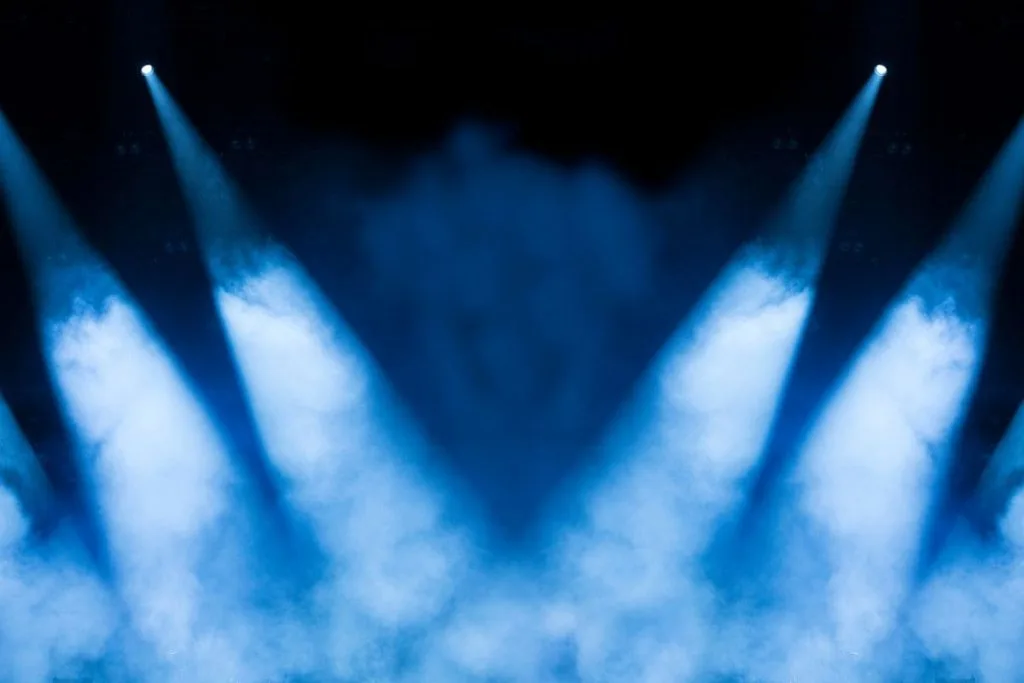
Blue light for plants is directly related to the production of chlorophyll. Plants growing under violet or blue, or blue-violet light will have strong, green and shiny leaves. It will be immediately striking and recognizable.
If you put plants that grew under red and blue light next to each other, you could easily tell which one grew under the blue because it would look “healthier and more natural”. In that case, buy yourself a good fluorescent lamp and provide it for your plants.
What Plants Can Only Survive With Natural Sunlight?
So far it has not been established that some plants will not grow under artificial light. Some will grow more, some less, this again, ultimately depends on the type of plant and the quality of the lamp you buy.
How To Grow The Plant Under The Artificial Lights From the Beginning?
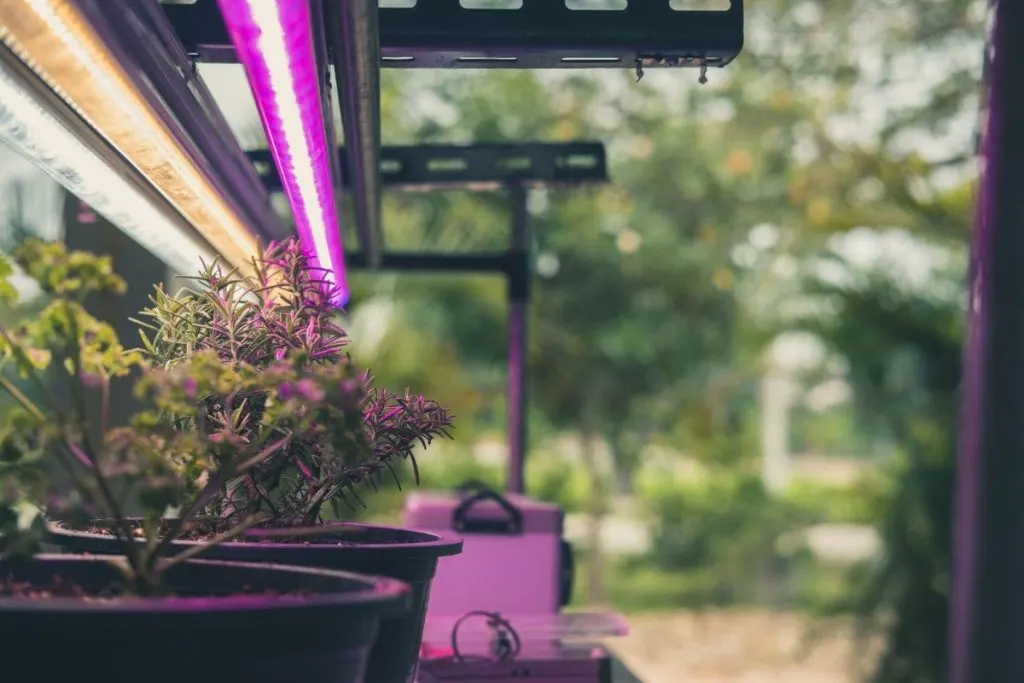
In the beginning, sow the seeds or plant the seedling in the soil in a pot. Once you’ve done that, choose the bulbs or lamp you want. Those with a high density are suitable for resistant plants, such as ferns or roses.
Bulbs of lower density are used for growing succulents and plants with soft flowers, such as peonies or poppies. Colored bulbs are also very useful, as some plants do better under red or blue light.
Fit the bulbs to the lamps and install them on the wall or set them up. Use the appropriate screws, so that the lamp does not fall on the plants, if you mount it on the wall. Position them at a certain distance so that they do not harm the plants.
Be careful about this if you grow vegetables, because these plants can be easily damaged if too strong a light bulb is used. Be guided by the calculation – how much sunlight a certain plant needs – and adjust the lamps in this way.
FAQ

As we do in all our articles, we have also prepared a faq section for you today. In this part, we will answer all the above-unanswered questions about artificial light, and the answers are very interesting and will be extremely useful for your plants, and your knowledge of how to use it properly.
What Are The Sources Of Artificial Light?
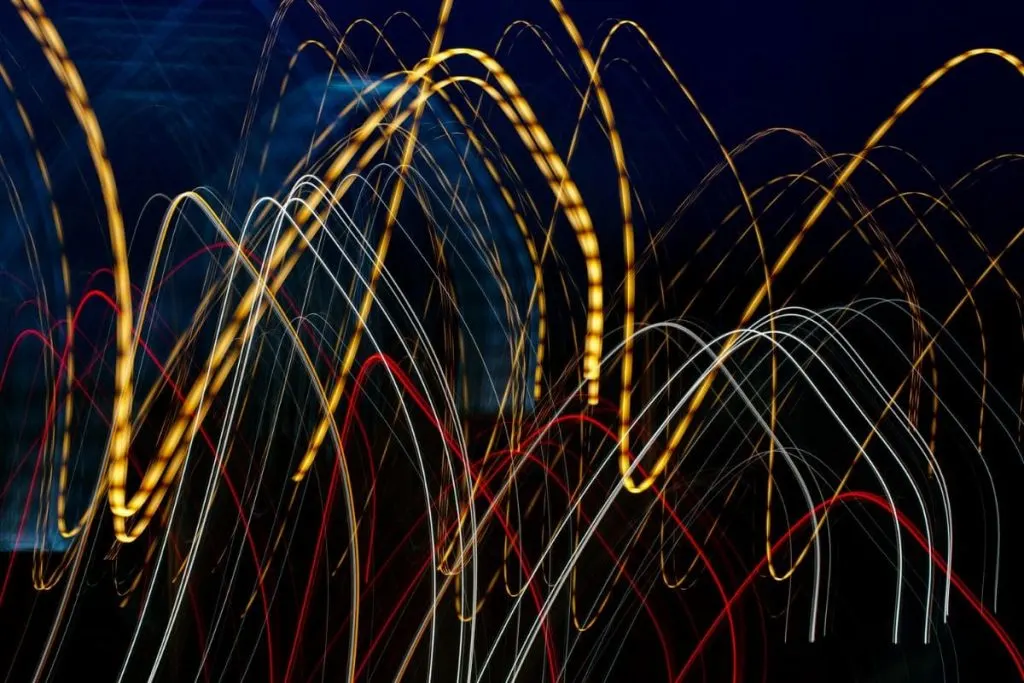
There are many preparations that you can buy for your home to provide your plant with artificial light. It doesn’t necessarily have to be a lamp or a light bulb, it can be other things like:
- Light Bulbs
- Torches
- Candles
- Fire
- Laser
- Glow Sticks
How Can You Make Artificial Light?
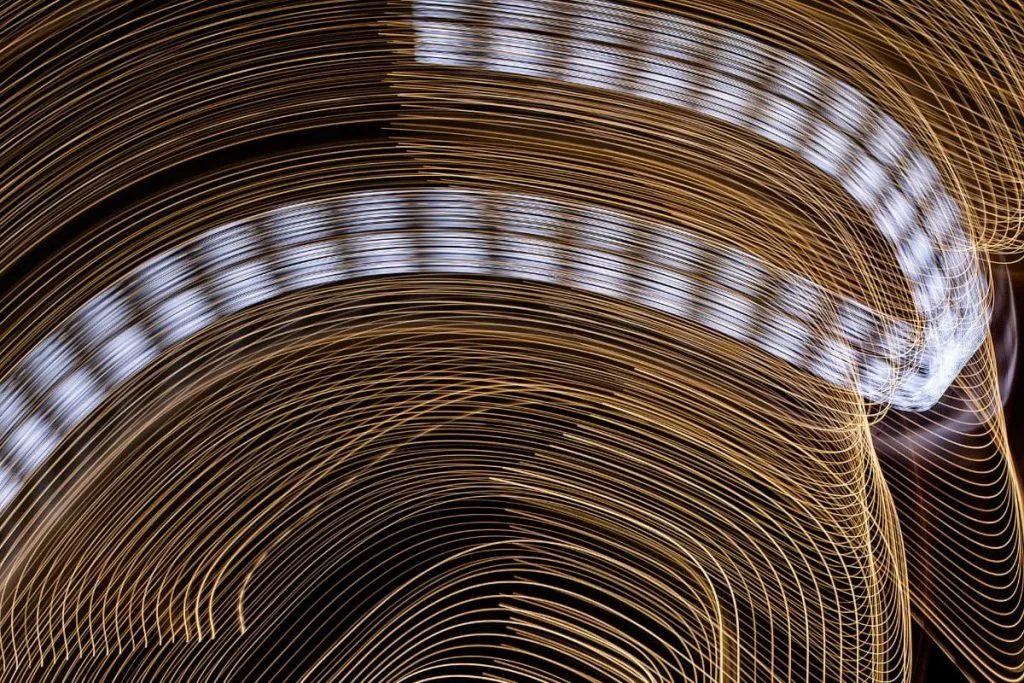
There are actually many ways to “fake” natural light at home. If your plants are in the basement for example or if your house simply doesn’t have enough light for the plants, we can help you with that. In the beginning, you can buy a stock of mirrors. You’ve read that right.
Buy a couple of bigger mirrors and place them all in one room. That way, the light “between” and from the mirrors will reflect on each other and that way, you’ll create more light in your room. This is a simple mirror trick every plant owner should know.
Buy glossy lacquered, clear glass, and clear acrylic pieces when buying your furniture. Not only are these materials visually light, but they also allow sunlight to pass straight through or out.
These types of furniture will keep the overall look of your room sunnier and brighter than anything else, and decorative accessories in these finishes will be more than outstanding!
Why Is Temperature/Spectrum Important For LED lights?
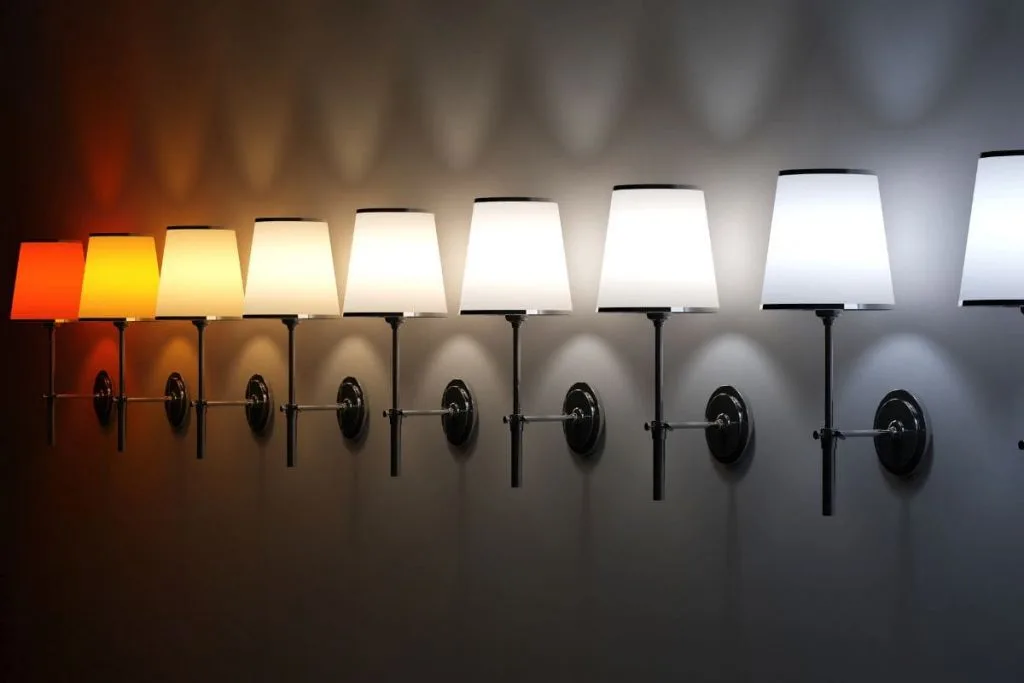
Color temperature is measured in Kelvin. The more Kelvin a light source contains, the greater the spectrum of colors it provides.
Today, manufacturers using all the technologies listed below have managed to implement “full-spectrum.” The full spectrum of colors in each of them has achieved the maximum efficiency of the lamp in each phase.
For example, the vegetation phase requires a more blue spectrum, while the flowering phase requires a more red spectrum. Sunlight contains approximately 5,000 Kelvin, and today’s professional grow lights come close to these figures.
What Are The Fluorescent Tubes?
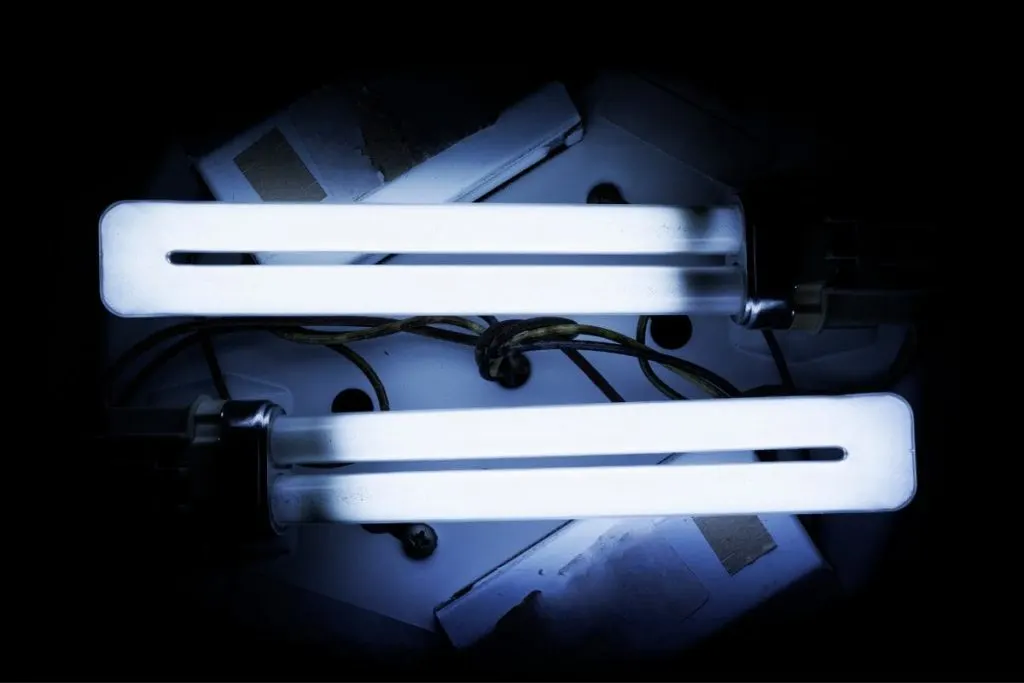
Fluorescent lighting and fluorescent tubes are popular in the early growing season and are available as tubes that are used individually or joined together to increase illumination.
Fluorescent lamps are available in “daylight” and “blooming” versions. Daylight is used in the “stretching” phase, i.e. early vegetative growth. Flowering lamps are used as auxiliary lamps to illuminate the sides of large plants.
What Are The Advantages Of LED lighting?
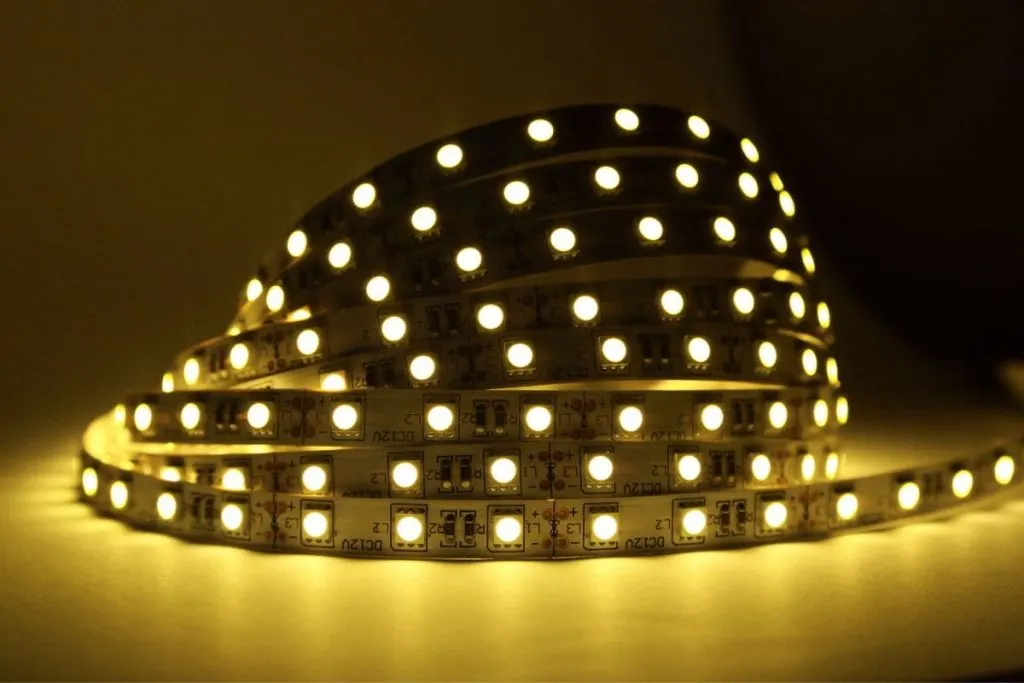
LED lights have many advantages and we bring them to you below:
- Reduced energy consumption, up to 90% compared to some classic forms of lighting.
- Many times longer duration of lighting. This statement is only valid if you buy reliable LED lighting. This is not the case with cheaper solutions, because the electronics on them often break down, so the price is higher in the end than if you had invested in serious lighting.
- Little thermal and UV radiation. Namely, plants do not like UV radiation and that is one of the reasons why plants in a greenhouse grow larger than outdoors.
- They are stronger than other forms of lighting so that even in the case of certain falls they can survive.
- The wide spectrum of radiation – be careful with this one, because the cheaper versions do not have a very wide spectrum, be sure to ask before buying.
What Is The Main Difference Between Natural Light And Artificial Light?
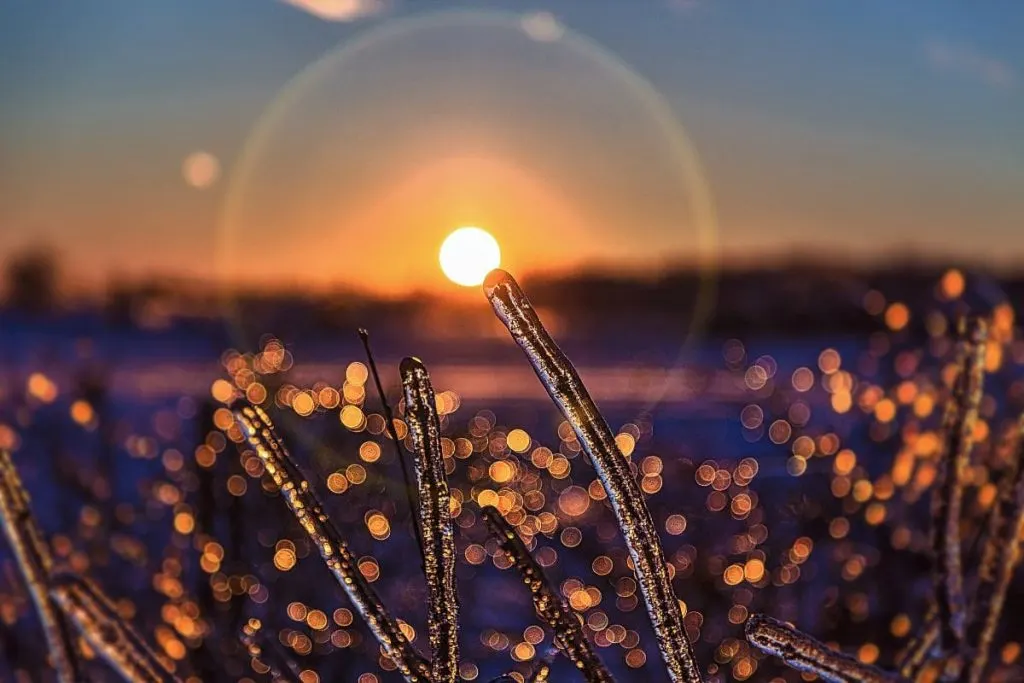
Natural light is created and comes in a spectrum of colors – the visible colors of air that we experience.
The color spectrum contains light with shorter wavelengths near violet at one end and light with longer wavelengths near red. For plants, the need for light and dark periods helps balance cell activity in terms of growth and repair. What will happen to plants that are kept in the dark?
Sunlight is also harmful because we cannot change or control it to suit our condition. Called ultraviolet and infrared rays, these rays are not visible to us.
The complete spectrum of light from a natural source is ideal for plant and animal life on earth. Plants and animals thrive in natural light.
Artificial light is artificial light produced from another energy source. Most of our activities would stop if we didn’t have an alternative source of light.
The advantage of this light lies in the fact that we can control it at will. We can monitor the intensity, quantity, and quality of light to suit any situation.
Artificial light does not have a wide spectrum of colors and wavelengths like natural light; therefore, it is not so useful.
Since the light has relatively poor quality, its influence on the flora and fauna is also not beneficial.
Plants and animals exposed for long periods to artificial light tend to create poorer life forms in plants and cause cellular degeneration or death.
Final Thought
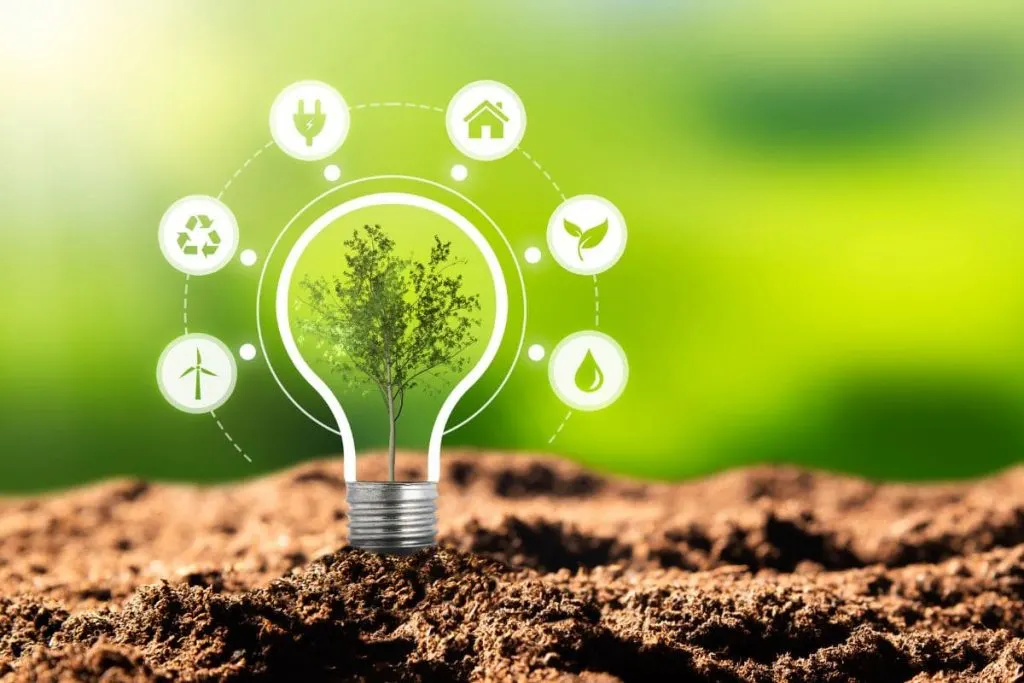
If until now you had doubts about artificial light and what it offers to your plants, today we have certainly convinced you of that and today you have learned everything about it. Can plants grow with artificial light? Of course, they can, and very well!
There are certainly many terms that you have not heard until now, but today you know everything about them and know how to choose the perfect artificial light for your plants.
Of course, by now you are already familiar with the colors of LED lighting, fluorescent tubes, and everything else you need to know about this lighting.
If your apartment lacks light, there is no need to worry about it anymore because you have learned solutions for it.
That would be all for today, see you soon with more similar topics!

